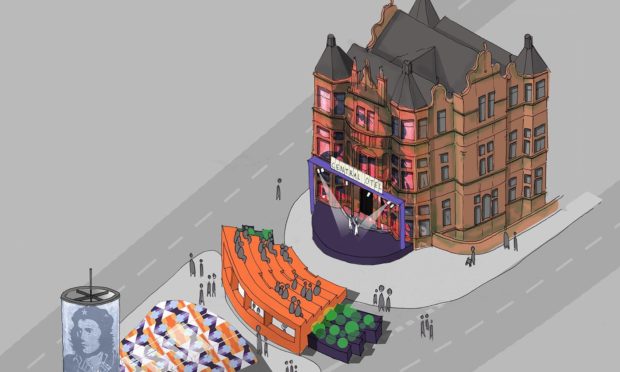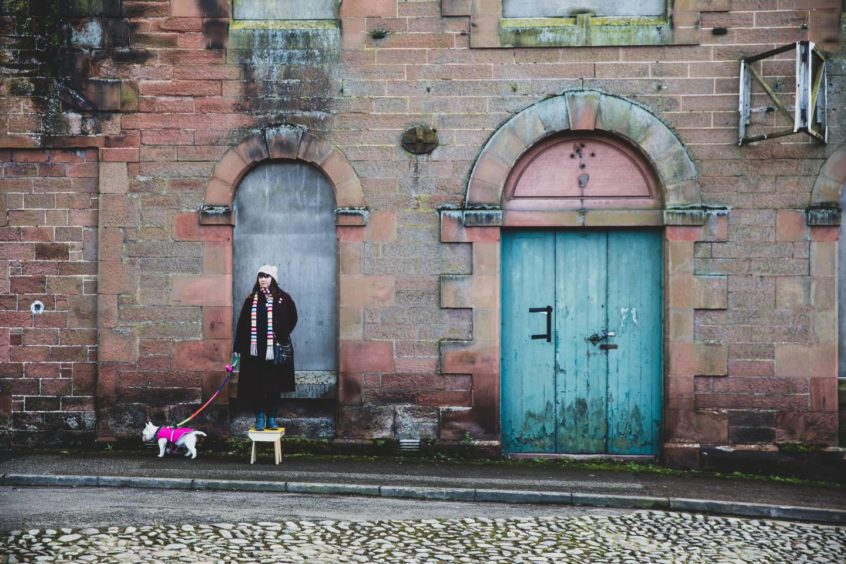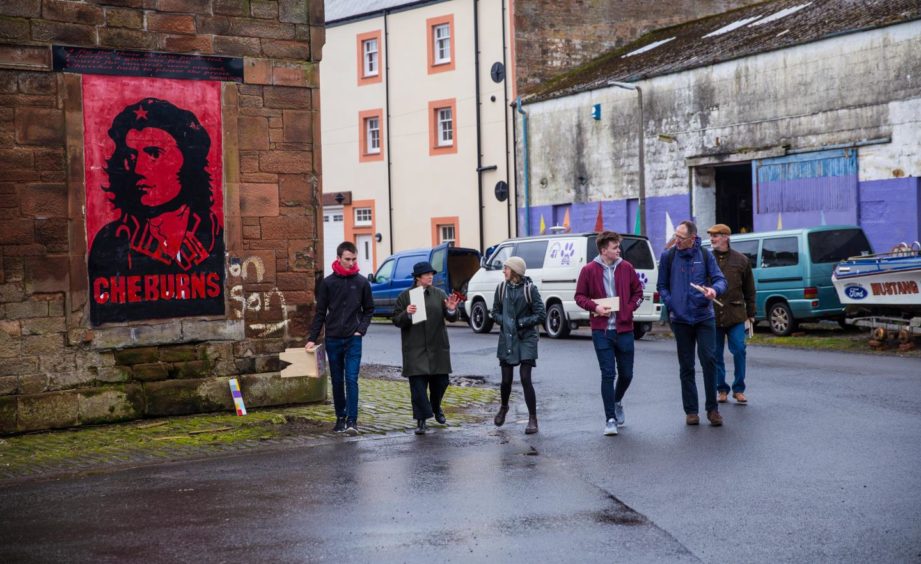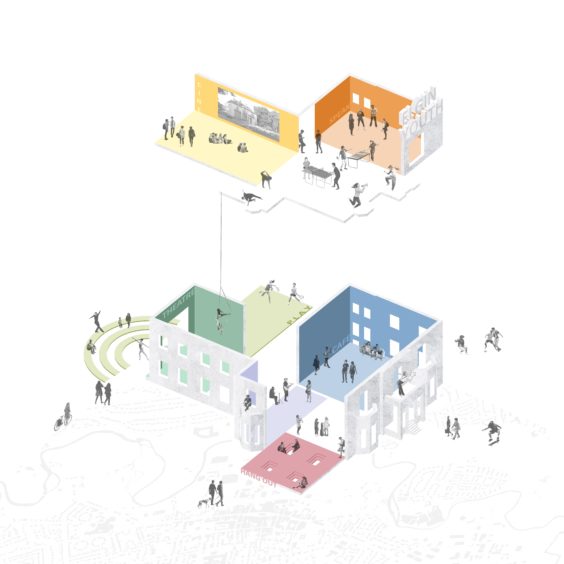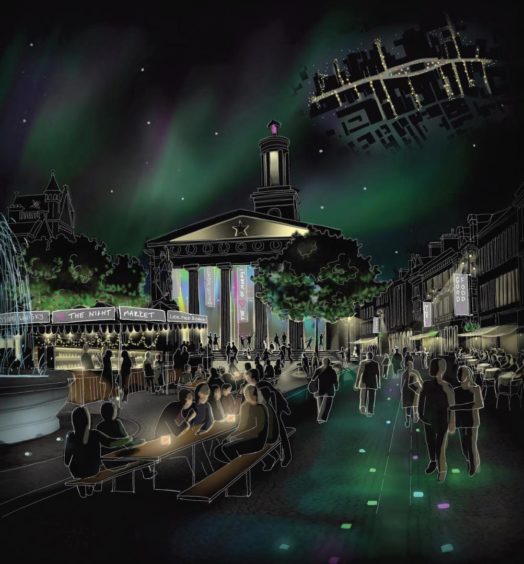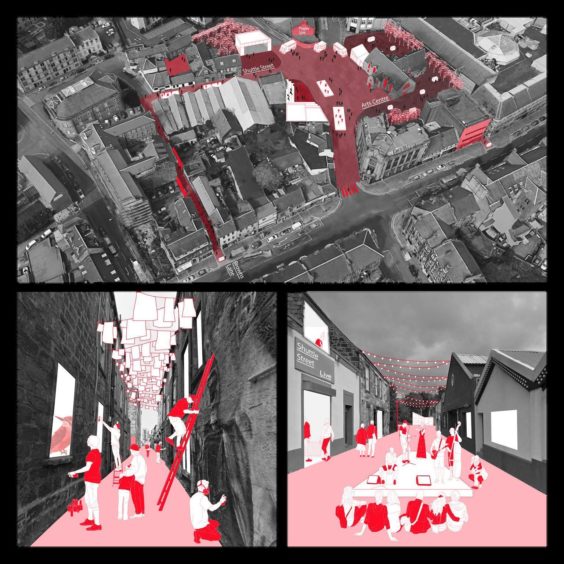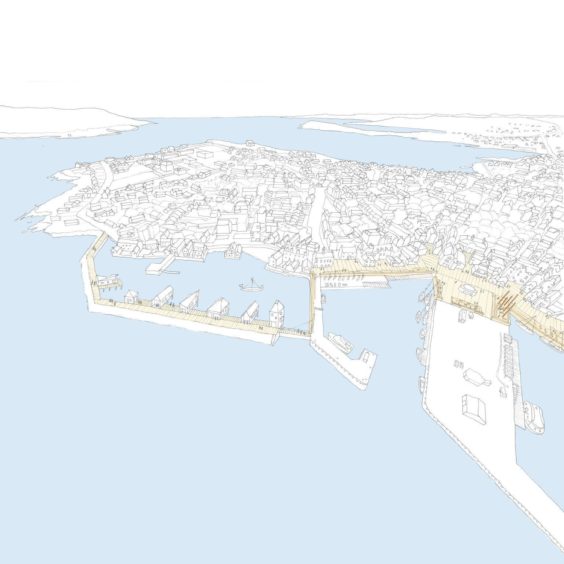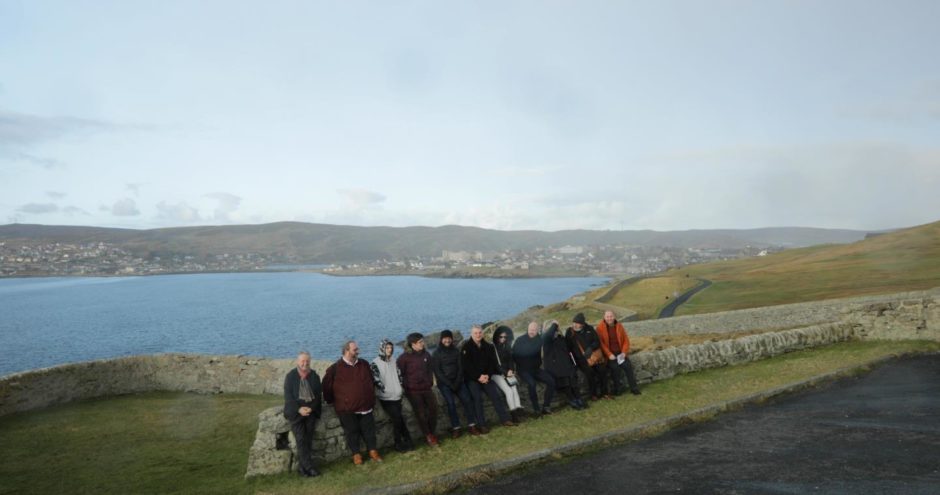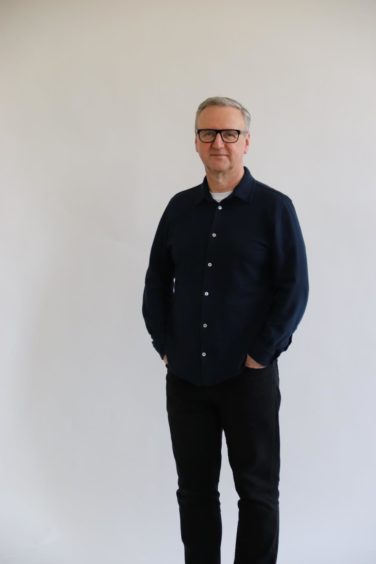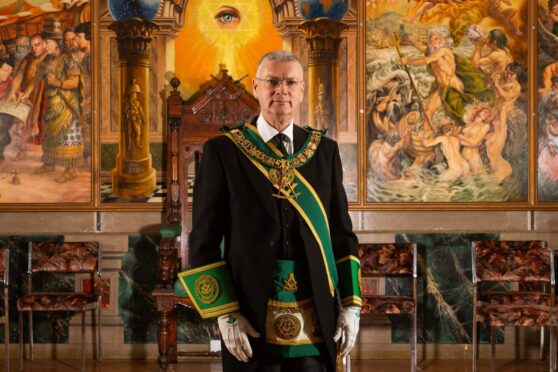“We wanted to say something about architects working very directly with the communities who live in and use and enjoy the places they create,” says Ewan Anderson, managing partner at Edinburgh’s 7N Architects, about the new What If…?/Scotland exhibition at V&A Dundee.
Originally intended as Scotland’s entry in last year’s 17th International Architecture Exhibition in Venice, the postponement of the festival means What If…? is being shown here in Dundee instead, and online for international audiences.
Selected from respondents to an open call from Architecture and Design Scotland, on behalf of the Scotland + Venice partnership, 7N – the company which created the plan for – has devised a presentation which puts those communities Anderson mentions at the forefront of the architectural planning process.
“We felt that communities are generally quite removed and dislocated from the huge, complex, bureaucratic process that delivers these places,” Ewan Anderson continues.
“The planning process feels distant and remote, and we wanted to cut through all of that and just have conversations directly with citizens in a range of communities throughout Scotland.
“Our pitch, if you like, was how to rediscover the civic role of architecture, which means architects very directly serving communities and using (the people in these communities’) ideas to help make them better places.”
Based on where they had worked before, and where they knew there were already initiatives in place, 7N picked five places throughout Scotland to test this process – spanning the length and breadth of the country, from Lerwick up in Shetland all the way down to Annan, and also including Wester Hailes in Edinburgh, Paisley and Elgin.
Since the decision was taken to show in Dundee instead of Venice, the city has also been added as a late sixth location.
“In each place we paired five architects with five local citizens, and they worked together,” says Anderson. “The citizens took the architects on a tour around their place, and talked about what was good and what was not good. The architects asked them to make a wish – if you could change one thing to make your place better, what would it be?
“This was about bigger thinking. We tried to frame it in terms of, in twenty or thirty years’ time you can change one thing, so this helped to make people think big and get away from the normal constraints about what’s possible.”
Jim MacDonald works for Architecture and Design Scotland, which is a partner in the organising body the Scotland + Venice Partnership alongside Creative Scotland, the National Galleries of Scotland, the British Council in Scotland, the Scottish Government and – since this year – V&A Dundee. This body organises Scotland’s entries to both of Venice’s world-famous Biennale festivals in art and architecture.
“The two components of 7N’s entry that really shone out were the ‘together’ element, so communities coming together with support from a designer to come up with ideas about the future,” says MacDonald.
“Also, the answer to the question (as asked by the architecture Biennale as its theme for last year) ‘how will we live together?’ – all places have assets and challenges, issues and opportunities, so how do you make use of those and change the things that need changing?
“That’s the conversation element,” he says. “If that’s missing you can have wonderfully designed objects, but if they’re not responding to the local circumstances, to what people do day-to-day, then they’re not really going to help the community. So what you’ll see in this project is examples from the five communities of the ideas that were generated, and how the designers then interpreted those in relation to what they might mean for change.
“It’s a call to action – it’s saying, if we can do this in five communities across Scotland and present it here, then lots more communities in Scotland could benefit from this kind of approach. We’re here to help make that happen, so get in touch.”
Anderson explains more about the process, and the people and projects involved. “Generally speaking, we worked with a local host in each place, who was our liaison with the community, and they selected the citizens as a representative range,” he says.
“The youngest we had was about ten, then it was a cross-section of the population right up to more senior members of the community, from a whole range of backgrounds. That’s the important thing, that there was a broad mix of people to give a broad mix of views and perspectives.
“The projects range from the large-scale, for example in Shetland there was concern about the impact of climate change and rising sea levels on the town – which has evolved a very intimate relationship with the sea – and how will it protect itself in future.
“The idea was about building a protective barrier, but also one that would encourage people to engage with the water’s edge, bringing more life and activity to the harbourside and helping to sustain the local town centre.
A young man’s wishes
“It was trying to turn a necessary piece of engineering infrastructure into something very positive, in terms of the quality of the environment of the town. At the other end of the scale, there was a young man in Shetland who had spent most of his life in care and his wish was, he just wanted to decorate his bedroom.
“It was as simple as that; he’d always lived in institutions and he just wanted the freedom to be able to paint his room and hang stuff on the wall. That wish said so much about his life and experience, and for me it cut through so many things – so much about the way places are delivered is tied up in thick planning policy documents, but really, it’s all about what can be done to help people have better lives.”
This all ties in to theories around ‘placemaking’, which is a contemporary element of architecture and planning with which 7N identifies.
“I’ll try and give a simple explanation of what this is,” says Anderson. “It’s simply viewing the buildings, spaces and places created from the perspective of those who will use them, and designing them in a way which encourages people to inhabit them and enjoy them. It’s looking at it from the other end of the telescope, rather than looking at architecture as just creating an object. It’s not a style, it’s more a state of mind.”
We were excited about going to Venice, but when that wasn’t possible it felt entirely appropriate to show the project in Scotland
Although the postponed 17th International Architecture Exhibition is going ahead in Venice this week, circumstances mean that much of the work – including this display – can’t travel to be there in person, instead being made accessible digitally. MacDonald says there are benefits to this being what he calls a “home tie”, however.
“We were excited about going to Venice, but when that wasn’t possible it felt entirely appropriate to show the project in Scotland,” he says.
A fitting conclusion to advocacy work
“At this time, when we’ve all been shut up in our homes for the past year, people have perhaps reflected on the places in which they live, and how it’s working for them and how it’s not. It feels like the right time to have an exhibition which thinks very positively about the future, and which has ideas about what can be done to make communities and lives better.
“We got over the disappointment of not going to Venice, and we’re really pleased it’s going to be in Dundee.”
For Anderson, the What If…?/Scotland project is a piece of advocacy work which, in his words, “reminds everyone how important it is to talk directly to communities, and to think big and to think long-term. So much of the way the planning system works is very reactive, any engagement is very, ‘here’s some consultation on a local plan, what do you think?’ But really, the brief for planning policy should come from this kind of engagement.
“The other thing is, I hope it encourages people to think ambitiously about what can be done to make towns and cities better places, because the big lesson of the pandemic is that nobody can say ‘that’s too difficult’ or ‘that’s impossible’ any more. So many things have been turned on their head, so many things have been achieved which a year or so ago most would have said were impossible.
“Now is the time, after this grim year we’ve all had, to really think positively and ambitiously about what can be done. The pandemic has fast-forwarded everything, it’s accelerated thinking and attitudes, and hopefully it gives everybody confidence coming out of it to think ambitiously about what can be achieved.”
- The What If…?/Scotland exhibition is at the V&A Dundee from Saturday May 22 until Sunday November 21. See www.vam.ac.uk/dundee and www.7narchitects.com for more information.
